Home>Garden Essentials>How To Dispose Of Moldy Bird Seed
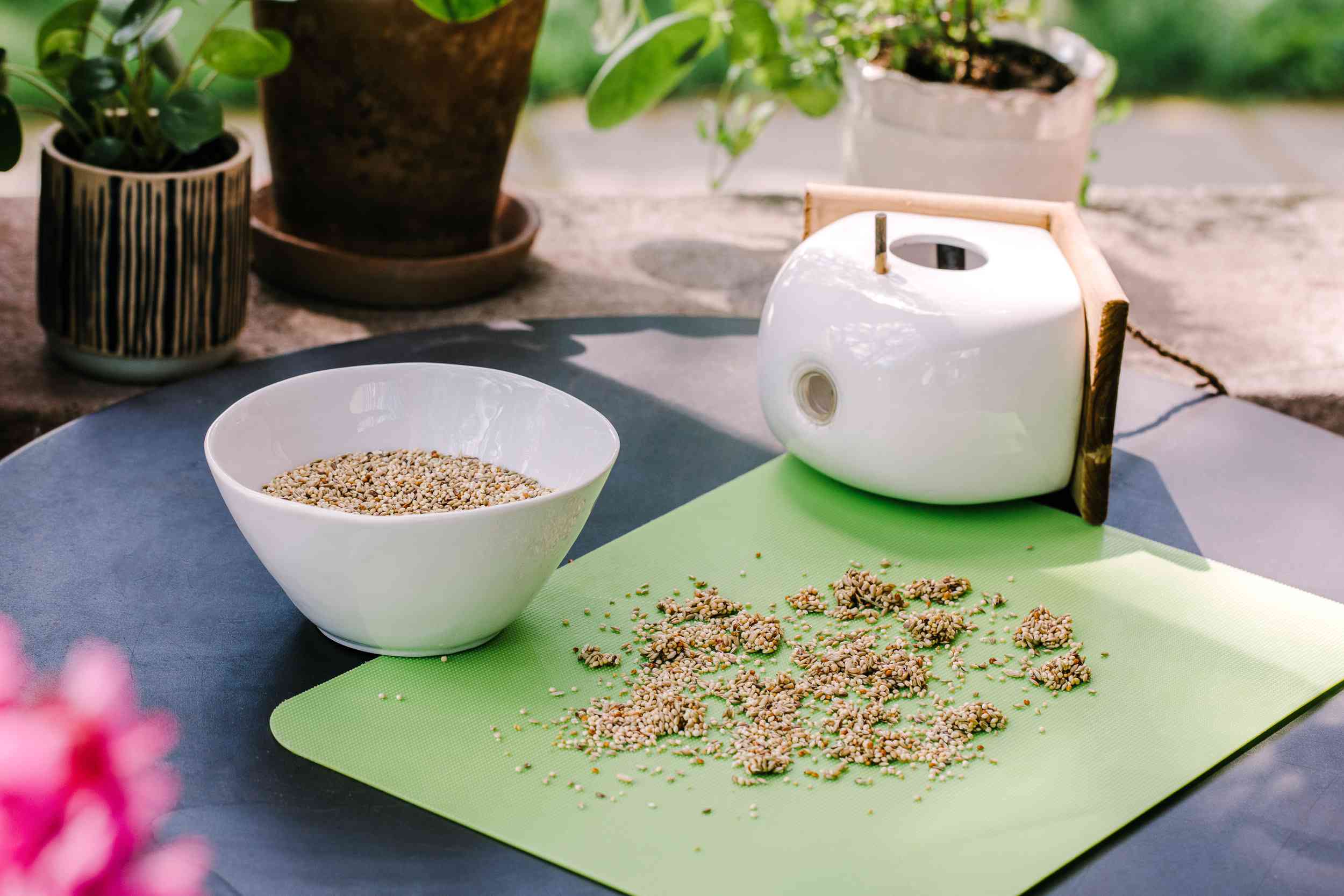

Garden Essentials
How To Dispose Of Moldy Bird Seed
Modified: March 15, 2024
Learn how to safely dispose of moldy bird seed in your garden. Find expert tips and tricks to keep your garden healthy and mold-free.
(Many of the links in this article redirect to a specific reviewed product. Your purchase of these products through affiliate links helps to generate commission for Storables.com, at no extra cost. Learn more)
Introduction
Birdseed is a popular choice for attracting and feeding various bird species. However, one common issue that many bird enthusiasts encounter is the presence of moldy bird seed. Mold can negatively affect the health of birds, leading to diseases and even death. As a responsible bird lover, it is crucial to properly dispose of moldy bird seed to ensure the well-being of our feathered friends.
In this article, we will explore the importance of safely disposing of moldy bird seed and provide you with step-by-step instructions on how to do so effectively. By following these guidelines, you can play a vital role in maintaining the health and vitality of the bird populations in your area.
So, let’s dive in and learn how to properly dispose of moldy bird seed!
Key Takeaways:
- Safely dispose of moldy bird seed to protect birds from harmful mycotoxins. Use gloves, separate the moldy seed, and choose proper disposal methods like trash or composting.
- Consider alternative options for moldy bird seed, such as returning it, donating to wildlife centers, or repurposing for seed sprouting or DIY bird feeders.
Read more: How To Make A Bird Seed Block
Importance of Properly Disposing of Moldy Bird Seed
When bird seed becomes moldy, it poses serious health risks to the birds that consume it. Mold growth occurs when there is moisture in the bird feeder or storage container, and it can lead to the production of mycotoxins, which are toxic substances produced by certain types of molds. These mycotoxins can have detrimental effects on the birds’ immune systems, respiratory systems, and overall health.
By properly disposing of moldy bird seed, you are helping to prevent the spread of harmful mold spores and protecting the well-being of the birds that visit your feeders. Additionally, it is crucial to remove the moldy seed to prevent it from contaminating any fresh, healthy bird seed nearby.
The health of birds is directly linked to the quality of their food sources, and providing them with clean and uncontaminated seed is essential. Failure to dispose of moldy bird seed can lead to severe health issues, including respiratory infections, digestive problems, and even death. Therefore, it is crucial to take proper measures to ensure that moldy bird seed is removed and disposed of in a safe and responsible manner.
Furthermore, disposing of moldy bird seed properly also helps to maintain the cleanliness and hygiene of your bird feeders and feeding areas. Mold growth can spread rapidly, not only contaminating the bird seed but also the surrounding environment. Removing and disposing of the moldy seed can help prevent the growth and spread of mold, creating a healthier environment for the birds to feed in.
Ultimately, taking the time to properly dispose of moldy bird seed demonstrates your commitment to the well-being of the birds that visit your yard. By doing so, you are contributing to the overall health and preservation of bird populations in your area.
Steps to Safely Dispose of Moldy Bird Seed
To ensure the safe and proper disposal of moldy bird seed, follow these simple steps:
- Gather the necessary materials: Before you begin, gather a pair of disposable gloves, a plastic bag or sealed container, and a scoop or shovel for transferring the moldy seed.
- Identify and separate the moldy bird seed: Carefully inspect the bird seed for any signs of mold. Moldy seeds may appear discolored, have a fuzzy or powdery texture, or give off a musty odor. If you identify mold, separate the affected seeds from the rest of the bird seed.
- Properly handle the moldy seed: Put on the disposable gloves to protect your hands. Using the scoop or shovel, transfer the moldy seed into the plastic bag or sealed container. Be careful not to spill or scatter the moldy seed, as this can spread mold spores.
- Seal and secure the bag or container: Once you have collected the moldy seed, securely seal the bag or container to prevent any accidental release of mold spores. Double-bagging is recommended for extra protection.
- Choose an appropriate disposal method: There are a few options for safely disposing of moldy bird seed:
- Trash disposal: If you have a municipal trash service, place the sealed bag of moldy seed in your regular household trash. Make sure it is securely tied or sealed to prevent any spores from escaping.
- Outdoor composting: If you have a composting system in your garden, you may be able to compost the moldy bird seed. However, it’s important to note that not all composting systems can handle moldy or contaminated materials. Consult your local composting guidelines to determine if moldy bird seed is suitable for your compost pile.
- Burning: If you have access to a controlled burn area, such as a fire pit or designated burning site, you can burn the moldy bird seed. Ensure that the fire is fully extinguished before leaving the area.
- Clean and disinfect: After disposing of the moldy seed, thoroughly wash your hands with soap and warm water. Clean any utensils or containers used in the process with hot soapy water and disinfect them to prevent the spread of mold spores.
Following these steps will help you safely and effectively dispose of moldy bird seed, minimizing the risk of mold contamination and protecting the health of the bird population in your area.
Gathering the Necessary Materials
Before you begin the process of safely disposing of moldy bird seed, it’s important to gather the necessary materials. Having the right tools on hand will make the task easier and more efficient. Here are the materials you will need:
- Disposable gloves: Wearing disposable gloves is essential to protect your hands from coming into direct contact with the moldy bird seed. Mold spores can cause allergic reactions or respiratory issues, so it’s best to take precautionary measures.
- Plastic bag or sealed container: You will need a plastic bag or sealed container to collect and contain the moldy bird seed. Make sure it is large enough to hold the amount of seed you are disposing of. Choose a bag or container that can be securely sealed to prevent any spores from escaping.
- Scoop or shovel: A scoop or shovel will be handy for transferring the moldy bird seed into the bag or container. This will help you avoid direct contact with the seed and minimize the risk of spreading spores.
Wearing disposable gloves is an essential safety precaution when handling moldy bird seed. It is important to choose gloves that are disposable and made from a material such as latex or nitrile. These gloves are durable, flexible, and provide a barrier between your skin and the moldy seed.
A plastic bag or sealed container is necessary to collect and store the moldy bird seed. Choose a bag or container that is sturdy and leak-proof to prevent any spores from escaping. Opt for a bag or container that can be tightly sealed to contain the mold and prevent further contamination.
A scoop or shovel will make it easier to transfer the moldy bird seed into the bag or container. Avoid using your bare hands to minimize direct contact with the mold. Use a scoop or shovel that is clean and preferably made of plastic or metal for easy cleaning and disinfecting afterwards.
By gathering these necessary materials, you are well-prepared to safely handle and dispose of moldy bird seed. Remember to always prioritize your safety and take the necessary precautions to prevent the spread of mold spores.
To dispose of moldy bird seed, place it in a sealed plastic bag and throw it in the trash. Do not compost or feed it to birds as mold can be harmful to their health.
Identifying and Separating Moldy Bird Seed
Identifying and separating moldy bird seed is a crucial step in safely disposing of it. Mold can develop on bird seed when it is exposed to moisture and warm conditions, which are ideal environments for mold growth. Here are some steps to help you identify and separate the moldy bird seed:
- Inspect the bird seed: Take a close look at the bird seed to check for any signs of mold. Moldy bird seed may have a discolored appearance, with patches of white, green, or black mold. It may also have a fuzzy or powdery texture. Additionally, the seed may emit a musty or unpleasant odor.
- Separate the moldy seeds: Once you have identified moldy bird seed, it is important to separate it from the rest of the seed to prevent contamination. Use a clean scoop or shovel to scoop out the moldy seeds from the container or bird feeder. It is best to do this outdoors to minimize the spread of mold spores.
- Use a mesh or sieve: If you have a large quantity of bird seed, you can utilize a mesh or sieve to help separate the moldy seeds from the unaffected ones. Place the bird seed on the mesh or sieve and gently shake it. This will allow the moldy seeds to fall through, while the clean seeds remain on top.
- Dispose of the moldy seeds: Once you have separated the moldy seeds, place them into a plastic bag or sealed container dedicated to disposal. Ensure the bag or container is sealed tightly to prevent any spores from escaping.
It’s important to note that mold can spread quickly, so it’s crucial to inspect and separate the moldy seeds as soon as possible. By removing the moldy seeds, you are minimizing the risk of birds consuming them and being exposed to potentially harmful mycotoxins.
Always prioritize your safety when handling moldy bird seed. Wear disposable gloves to protect your hands from direct contact with the mold. Remember that mold spores can also be harmful if inhaled, so handle the moldy seed outdoors or in a well-ventilated area.
By following these steps and diligently separating the moldy bird seed from the unaffected ones, you are taking a proactive approach to ensuring the health and well-being of the birds that visit your feeders.
Read more: What Is In Bird Seed
Proper Methods of Disposal
Once you have identified and separated the moldy bird seed, it is important to dispose of it properly to prevent the spread of mold spores and ensure the safety of the environment. Here are some recommended methods of disposing of moldy bird seed:
- Trash disposal: The most common method of disposing of moldy bird seed is placing it in the regular household trash. Transfer the moldy seeds from the sealed bag or container directly into a trash bag. Make sure the trash bag is securely tied or sealed to prevent any spores from escaping. When putting out the trash, ensure it is properly closed to prevent animals from accessing it.
- Outdoor composting: If you have a composting system in your garden, you may consider composting the moldy bird seed. However, it’s important to check your local composting guidelines, as not all systems can handle moldy or contaminated materials. In some cases, it may be better to avoid composting moldy bird seed to prevent the spread of mold spores in the compost pile.
- Burning: If you have access to a controlled burn area, such as a fire pit or designated burning site, you can burn the moldy bird seed. Ensure that the fire is fully extinguished before leaving the area and follow any local regulations or guidelines regarding open burning.
- Disposal facilities: In some areas, there may be dedicated disposal facilities for moldy or contaminated materials. Check with your local waste management authorities to inquire about any specialized facilities or guidelines for disposing of moldy bird seed.
It is important to note that when disposing of moldy bird seed, you should avoid dumping it in natural areas or compost piles where it can potentially contaminate the environment and harm wildlife. Taking the extra step to dispose of it properly ensures that the moldy bird seed does not become a source of mold and mycotoxin contamination.
Remember to always handle the moldy bird seed with caution, especially when transferring it to the disposal method of your choice. Wear disposable gloves throughout the process to protect yourself from direct contact with the mold and potential allergens.
By following these proper methods of disposal, you can ensure that moldy bird seed is safely removed and prevent any further harm to the environment and bird populations.
Alternative Options for Moldy Bird Seed
If you find moldy bird seed in your possession, there are alternative options for dealing with it aside from simply disposing of it. While it is important to prioritize the health and safety of the birds, there are a few potential routes you can explore:
- Return or exchange: If you recently purchased the bird seed and discovered it to be moldy, contact the seller or manufacturer. Many reputable bird seed brands have strict quality control measures in place and may be willing to provide a refund or exchange for the moldy product.
- Donate: Consider reaching out to local wildlife rehabilitation centers, aviaries, or bird sanctuaries to inquire if they accept donations of bird seed, even if it is moldy. Some organizations may have specific methods for sterilizing or processing moldy seed to make it safe for their captive bird populations.
- Seed sprouting: Moldy bird seed can be repurposed for seed sprouting purposes. Wet the seed thoroughly, then place it in a damp paper towel or sprouting tray. Monitor the sprouting process closely to ensure the growth of healthy sprouts and be mindful of any leftover moldy seeds.
- DIY bird feeders: Moldy bird seed can also be utilized in making DIY bird feeders. Mix the moldy seeds with bird-safe gelatin or peanut butter, then place the mixture in molds or onto pinecones. Hang the feeders in your yard to attract birds, ensuring the mixture is consumed promptly to avoid mold growth.
When considering these alternative options, it is crucial to exercise caution and prioritize the health of the birds. Some organizations or individuals may have specific protocols or treatments for dealing with moldy bird seed, so it would be best to consult with them directly before proceeding.
It’s important to remember that prevention is key when it comes to moldy bird seed. To avoid encountering this issue in the future, store bird seed in a cool, dry place with proper ventilation. Regularly inspect your bird feeders and discard any moldy or spoiled seed promptly to maintain a healthy feeding environment for our avian friends.
By exploring these alternative options, you can potentially repurpose moldy bird seed, reducing waste and still providing some value for the birds or other wildlife in your area.
Conclusion
Properly disposing of moldy bird seed is essential for the health and well-being of our feathered friends. Moldy bird seed can harbor harmful mold spores and mycotoxins, which can lead to serious health issues for birds and even result in death. By following the steps outlined in this article, you can ensure the safe and responsible disposal of moldy bird seed:
- Gather the necessary materials, including disposable gloves, a plastic bag or sealed container, and a scoop or shovel.
- Identify and separate moldy bird seed from the unaffected seed.
- Choose an appropriate disposal method, such as trash disposal, outdoor composting, or burning.
- Ensure proper cleaning and disinfection of your hands, utensils, and containers after handling the moldy seed.
Remember, disposing of moldy bird seed not only protects the birds that visit your feeders but also helps maintain a clean and healthy feeding environment. Mold can spread rapidly, causing further contamination and potential harm to wildlife.
If possible, consider alternative options for moldy bird seed, such as returning or exchanging it, donating it to wildlife rehabilitation centers, utilizing it for seed sprouting, or making DIY bird feeders. These options allow for potential reuse of the seed while still prioritizing the health and safety of the birds.
By taking the time and effort to properly dispose of moldy bird seed, you demonstrate your commitment to the well-being of the avian species in your area. Your responsible actions contribute to the preservation and vitality of bird populations, promoting a thriving ecosystem.
Remember to implement preventive measures to minimize the occurrence of moldy bird seed in the future. Store bird seed in a cool, dry place with adequate ventilation, regularly inspect your feeders for any signs of mold, and promptly remove and discard any spoiled seed.
Together, let’s ensure that our beautiful feathered companions have access to safe and nutritious food sources, free from the hazards of moldy bird seed.
Frequently Asked Questions about How To Dispose Of Moldy Bird Seed
Was this page helpful?
At Storables.com, we guarantee accurate and reliable information. Our content, validated by Expert Board Contributors, is crafted following stringent Editorial Policies. We're committed to providing you with well-researched, expert-backed insights for all your informational needs.
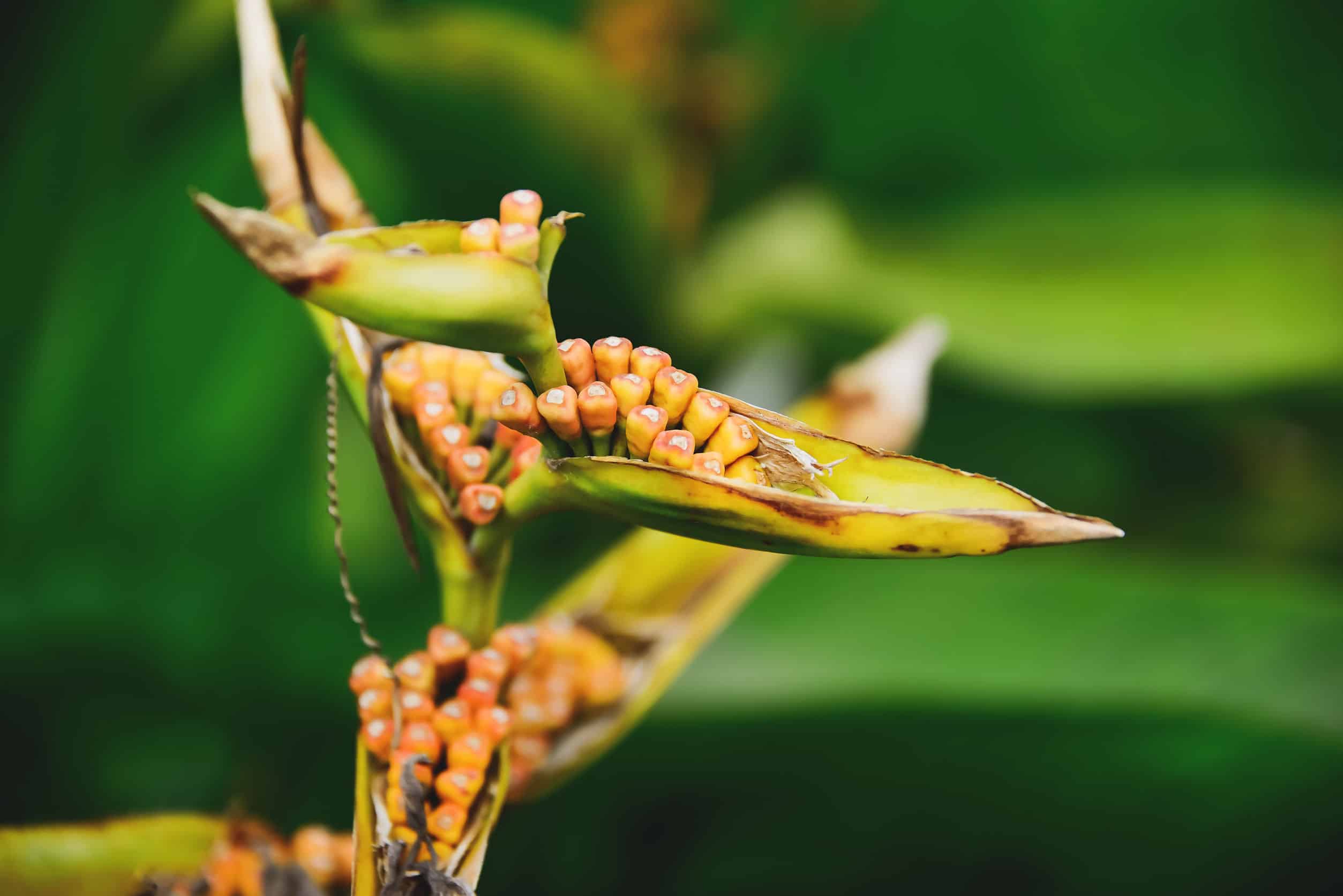
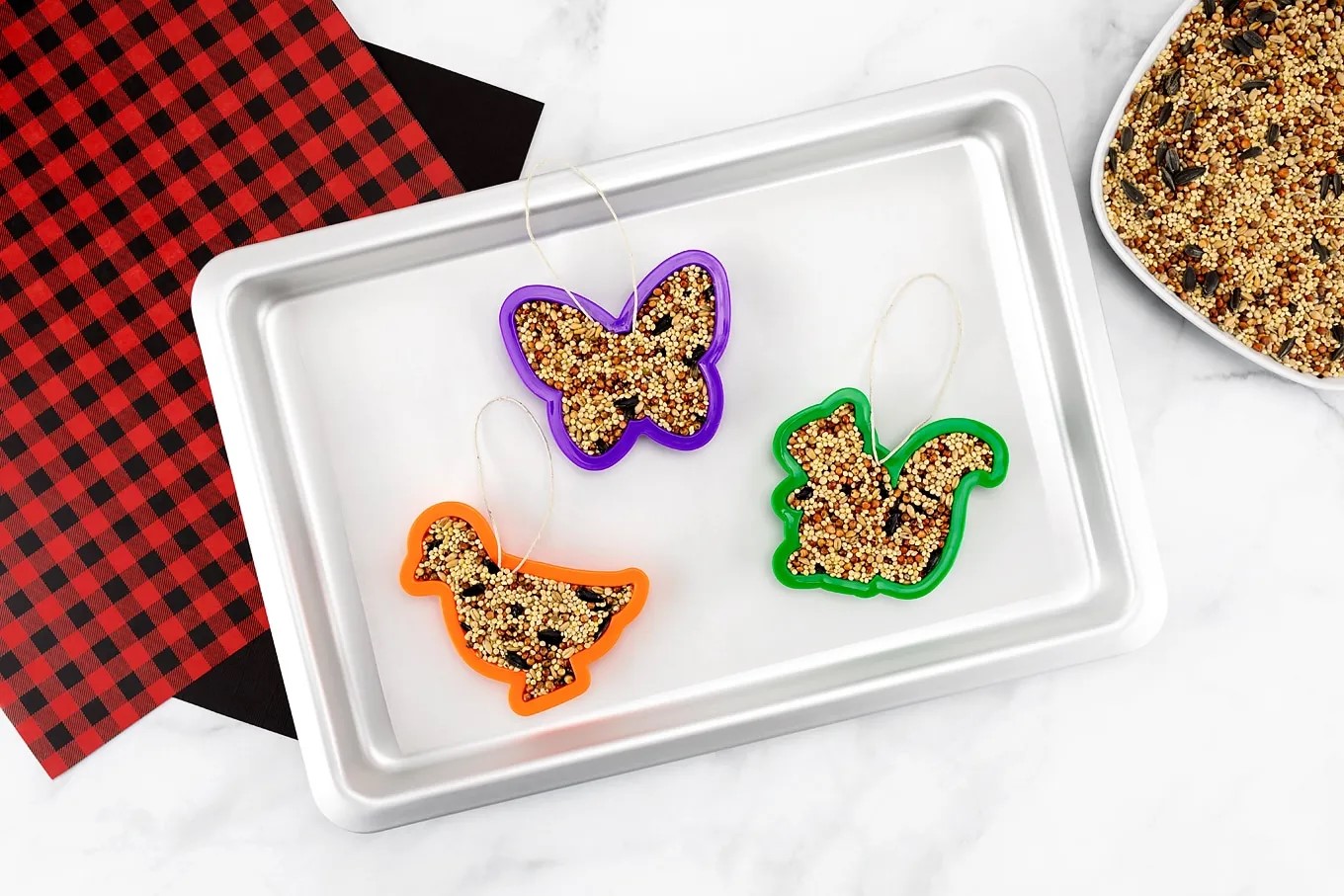
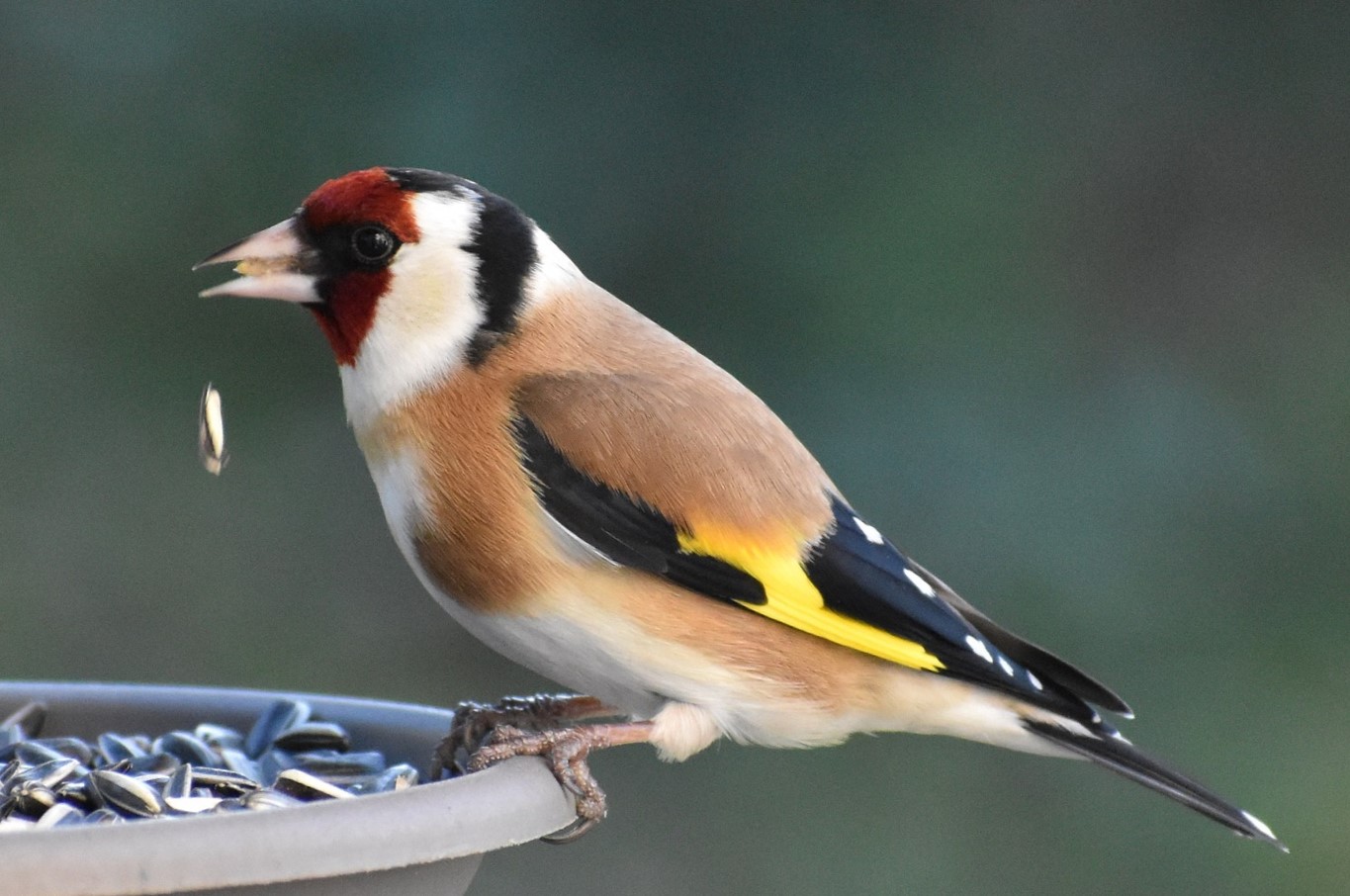
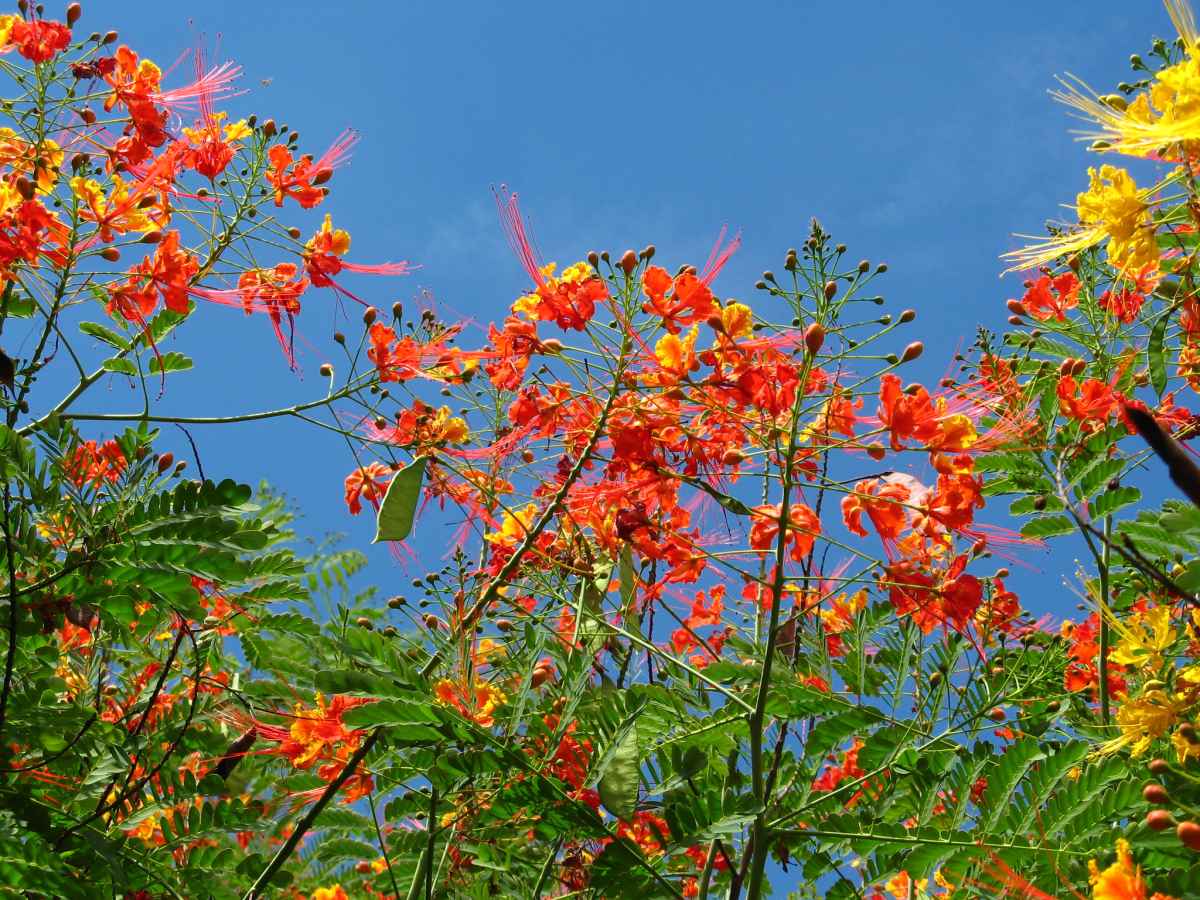
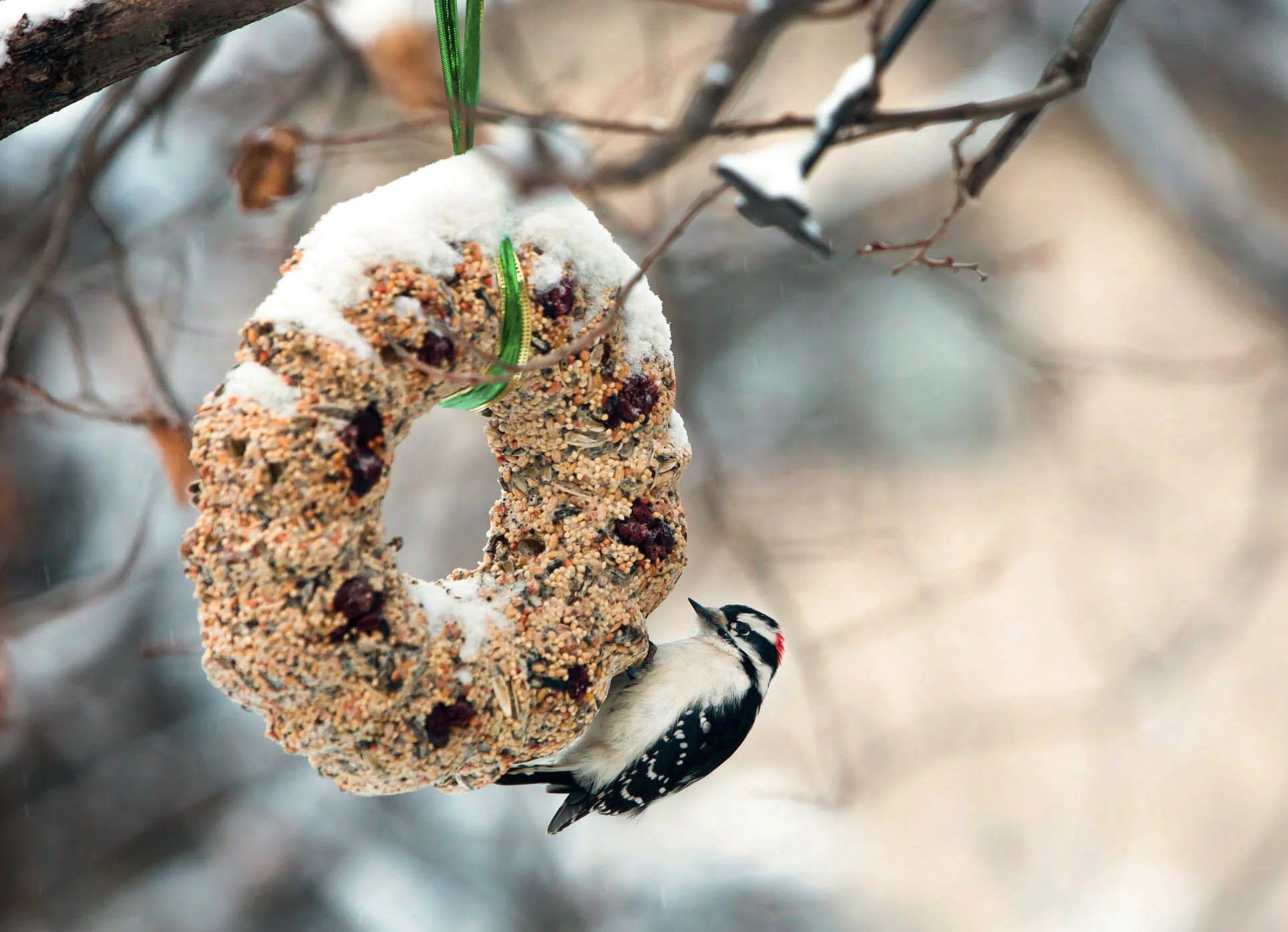
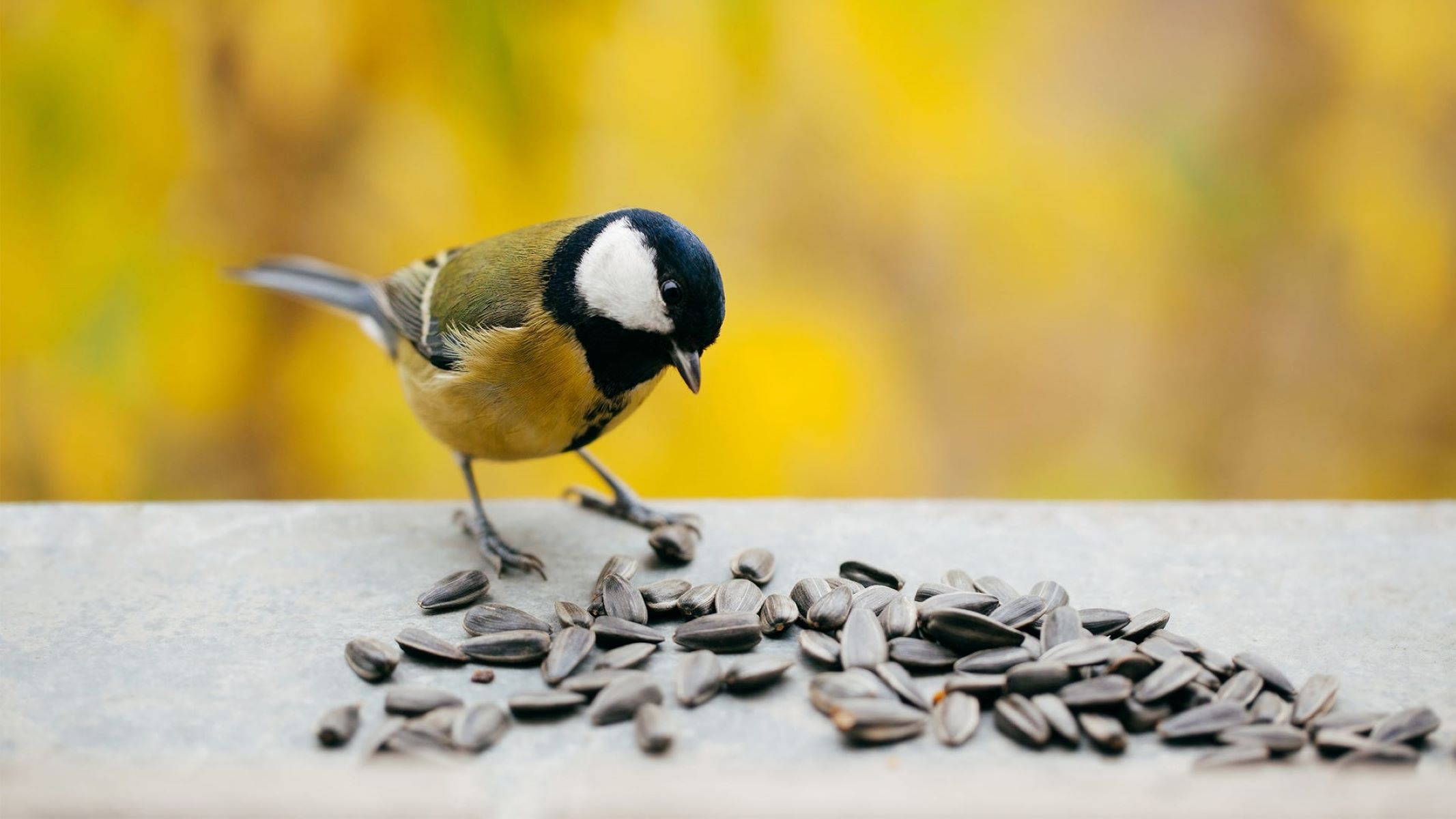
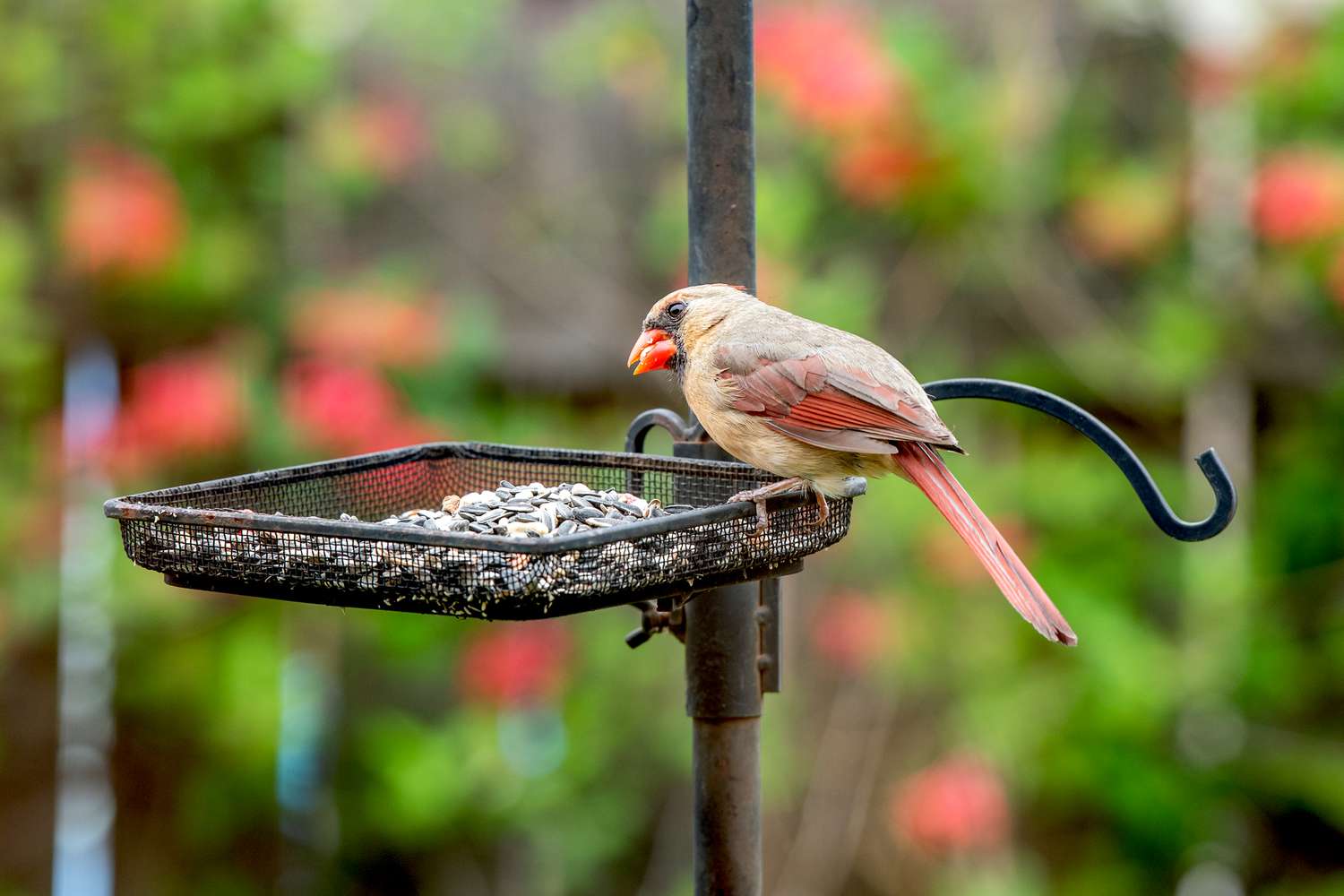
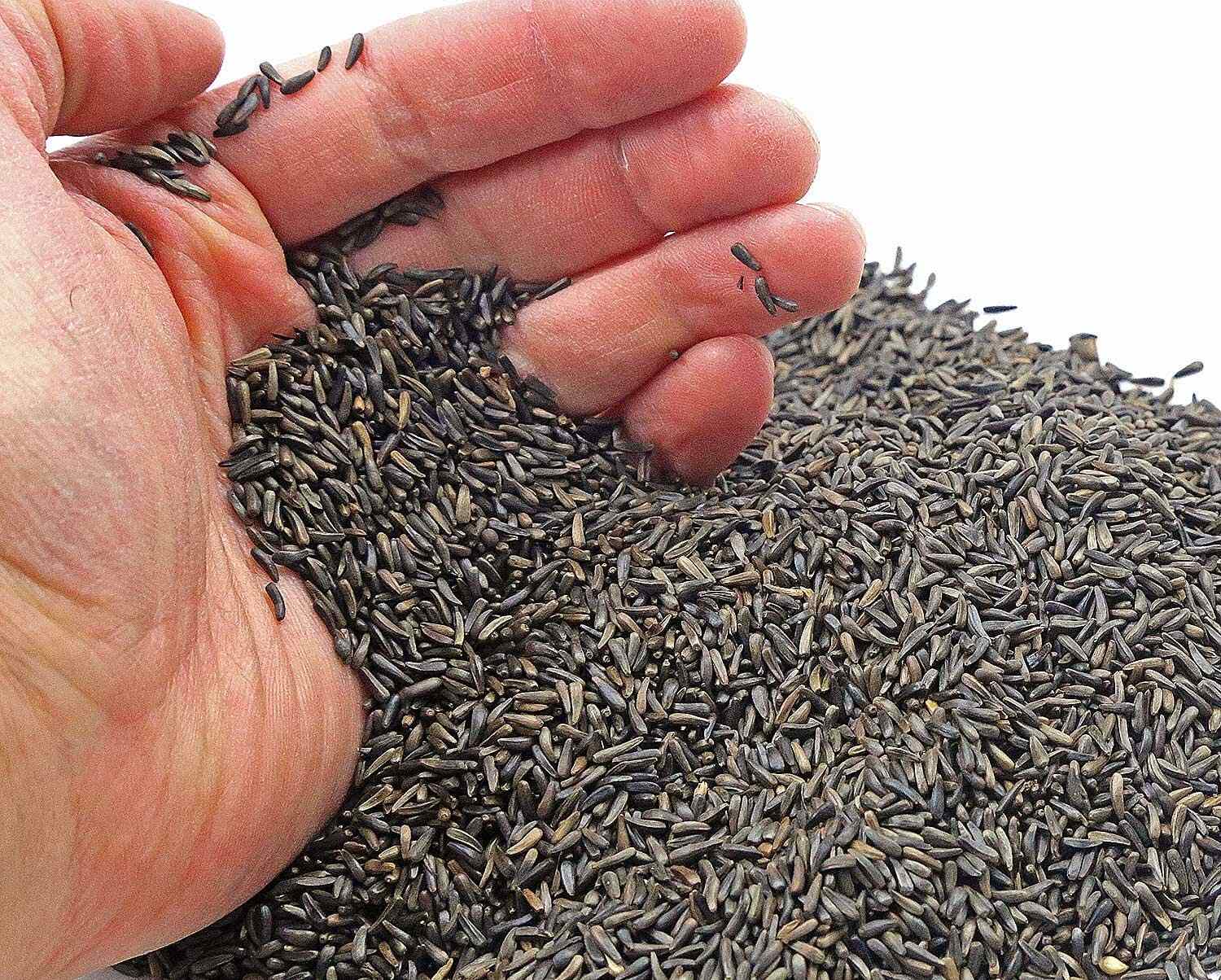
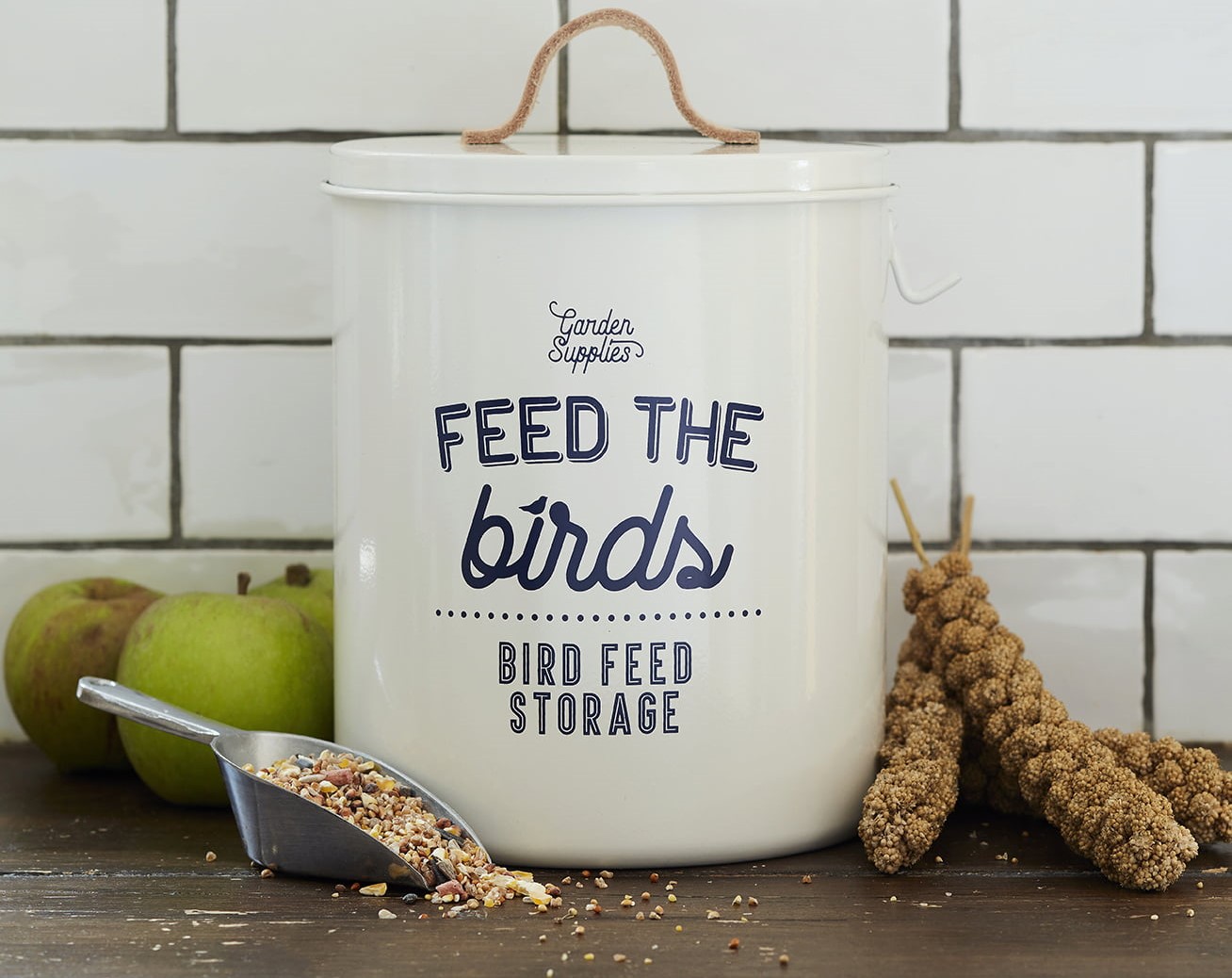
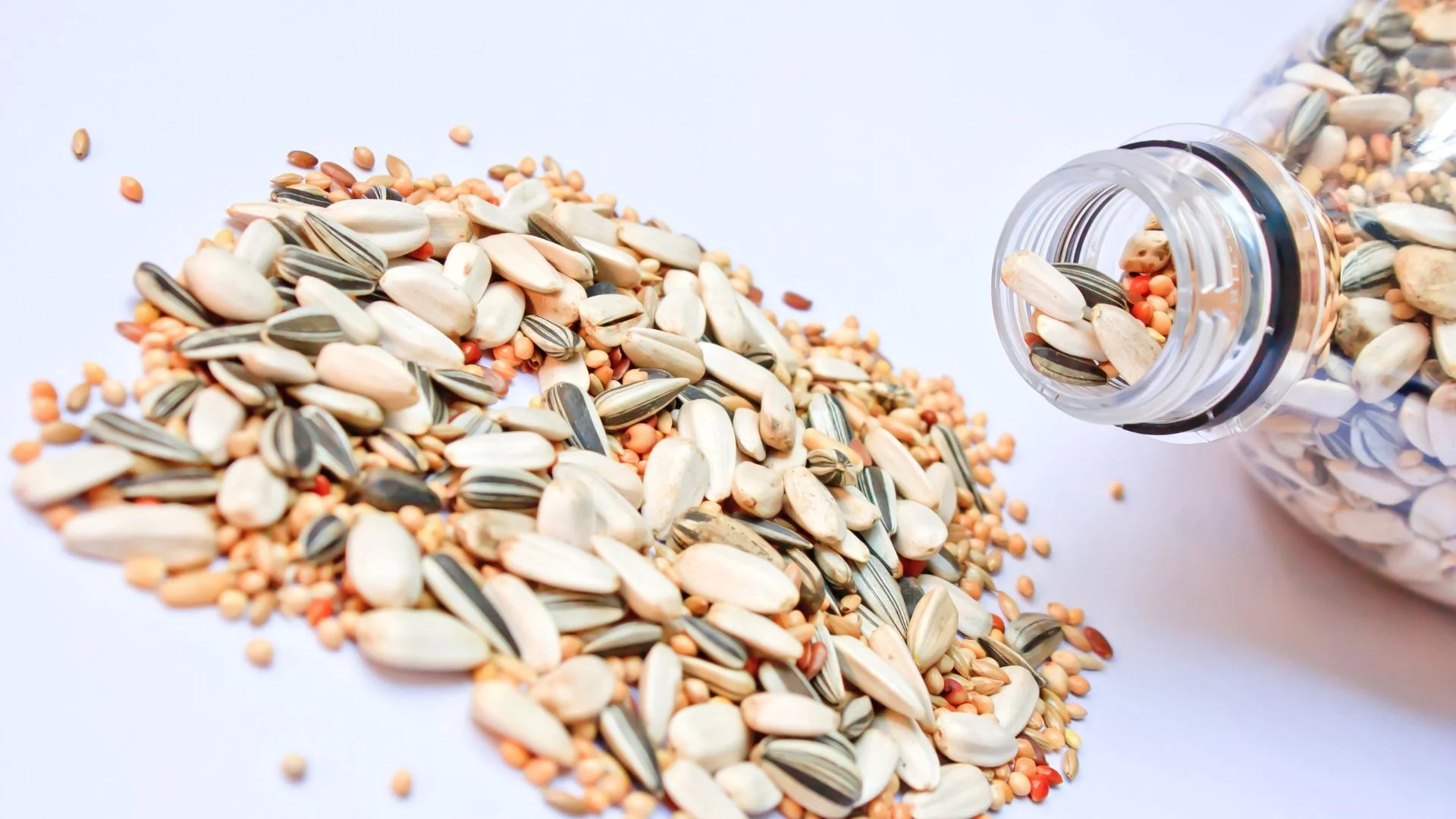
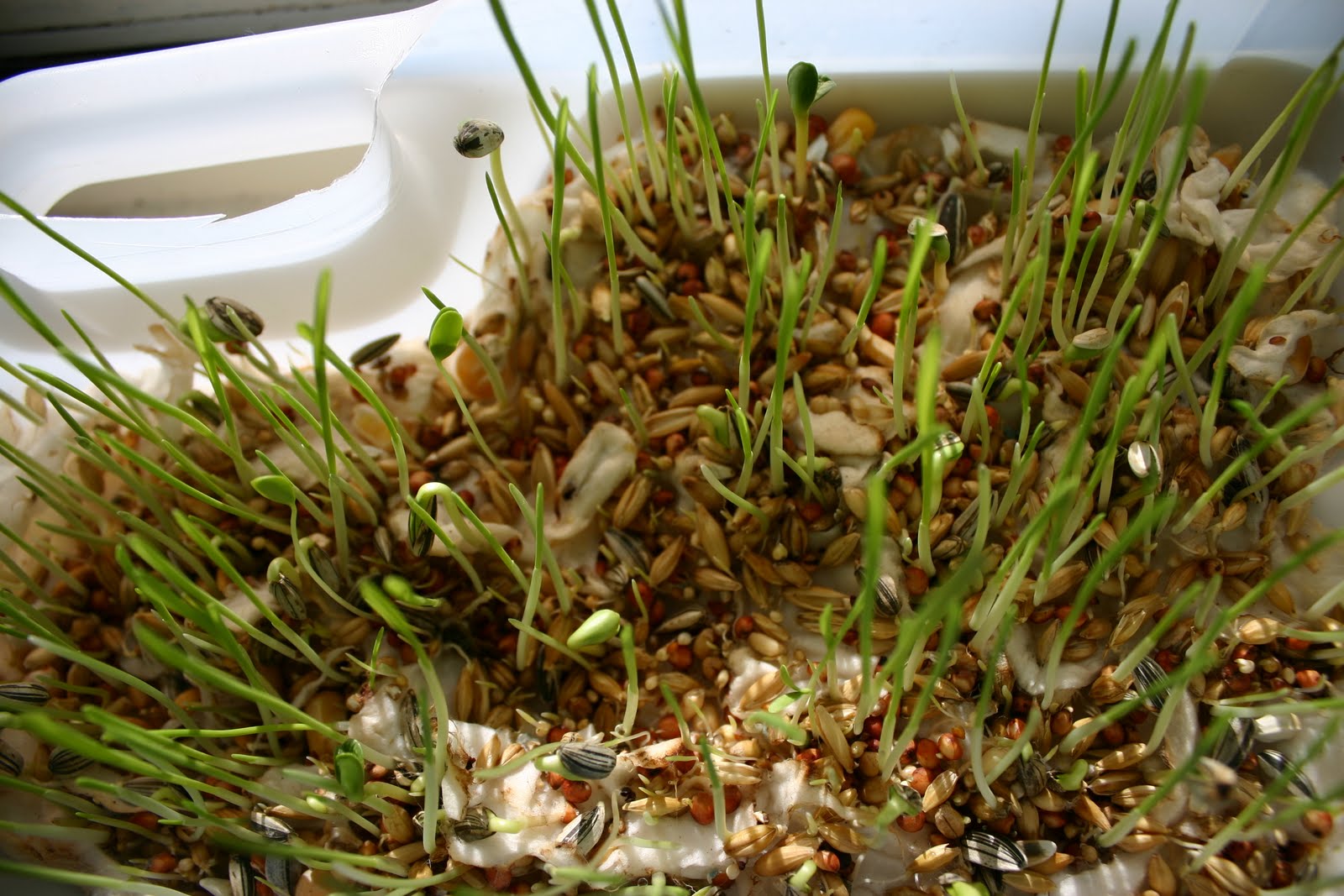
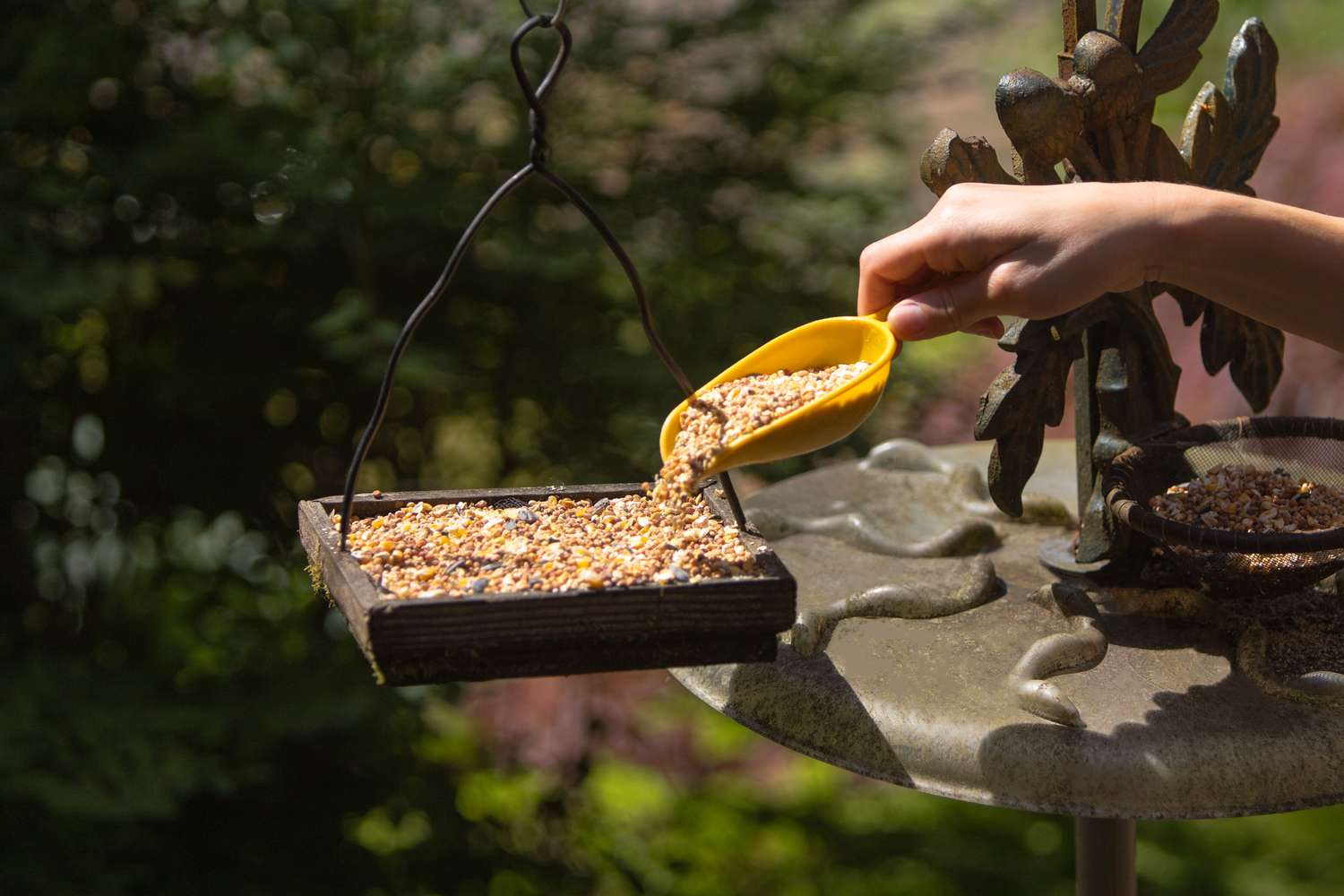
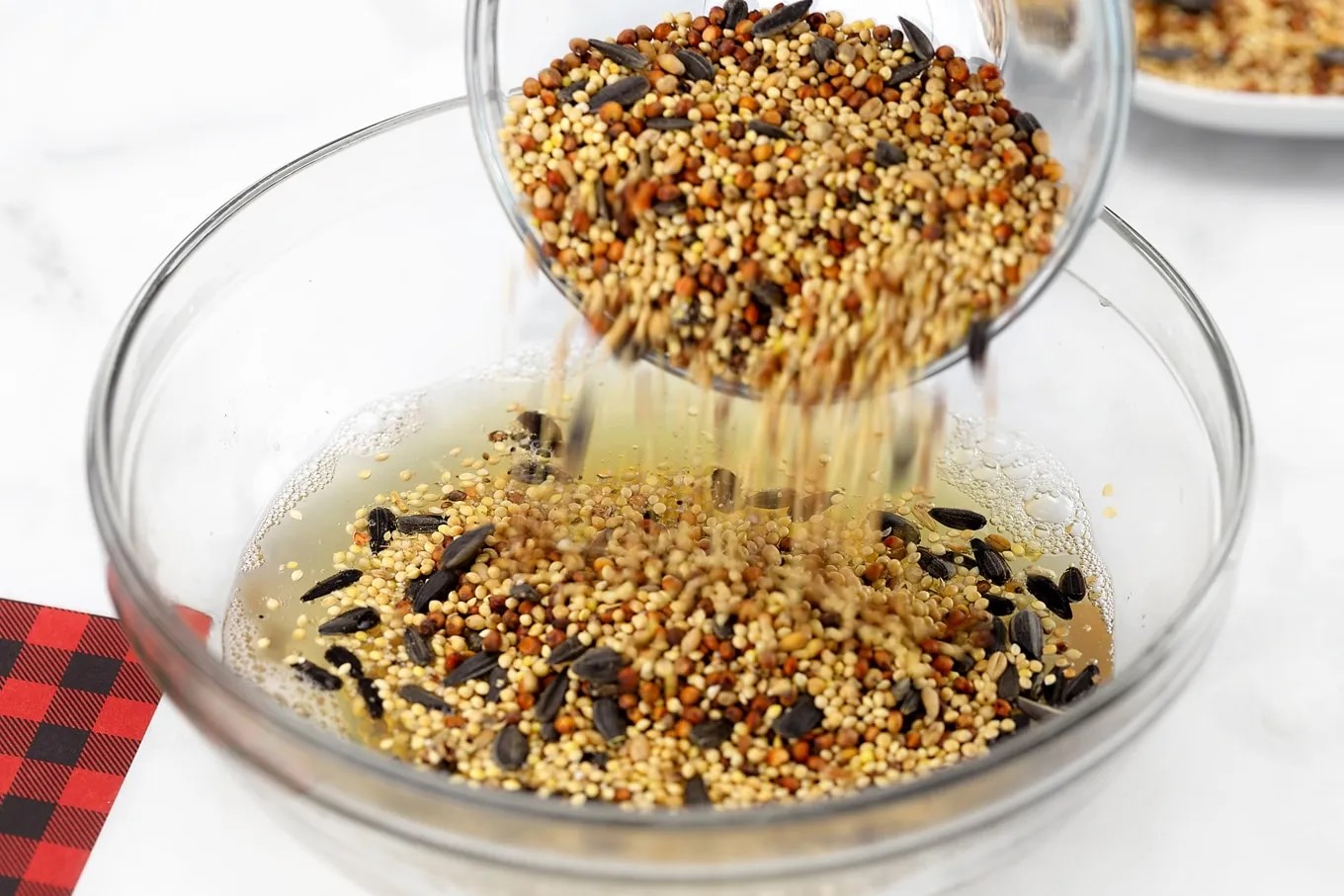
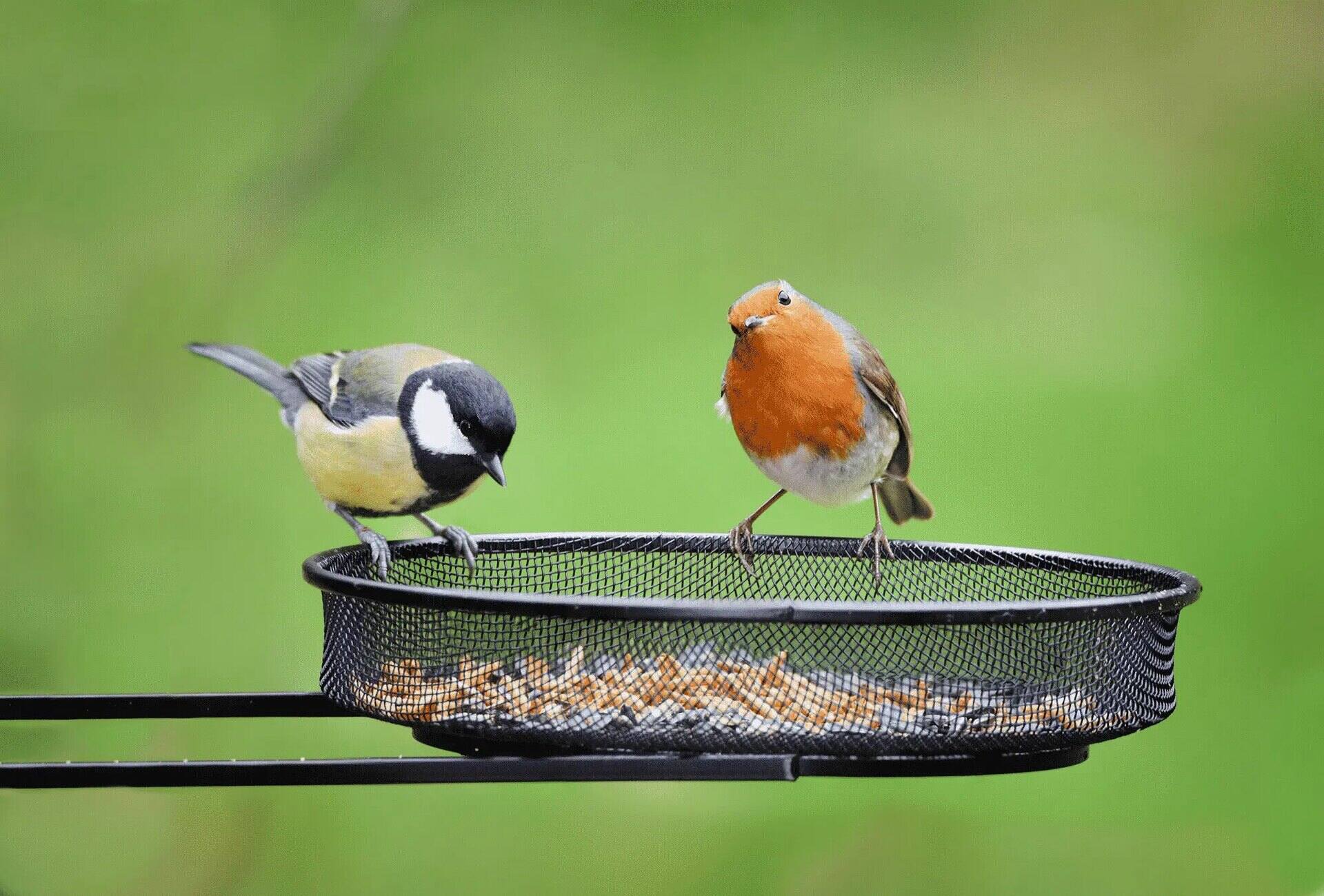

0 thoughts on “How To Dispose Of Moldy Bird Seed”